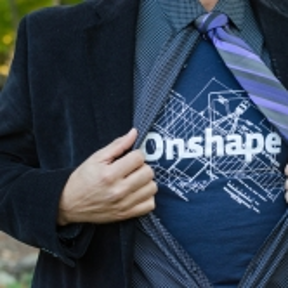Welcome to the Onshape forum! Ask questions and join in the discussions about everything Onshape.
First time visiting? Here are some places to start:- Looking for a certain topic? Check out the categories filter or use Search (upper right).
- Need support? Ask a question to our Community Support category.
- Please submit support tickets for bugs but you can request improvements in the Product Feedback category.
- Be respectful, on topic and if you see a problem, Flag it.
If you would like to contact our Community Manager personally, feel free to send a private message or an email.
Options
Base Part Method
 pete_yodis
OS Professional, Mentor Posts: 666 ✭✭✭
pete_yodis
OS Professional, Mentor Posts: 666 ✭✭✭
in General
I saw some questions regarding base part or derive part or master model approach back in the summer. From my perspective the base part method is needed for the work I do during the day. We utilize metal castings and as such we currently model them as separate files in SolidWorks full with draft/ parting lines, fillets, etc... We then insert those into a machining file as a base part. We do not treat them as configurations of the same file. This is done to keep the data management aspects for the design nice and clean. The casting design has its own file, part number, and can move along on its own revision record without being mixed into the machining. Same for the machining. This method works well. Is this definitely planned for Onshape as a way of working? I see this as pretty invaluable.
0
Comments
For the casting example, when I do one in Onshape I would just build the casting and the machined casting in the 1 part studio (along with related parts) and add a translate copy to the cast part to get the machined part. If you want to make changes to the cast part just drag the bar back to behind the translate work away, then rollback to end and the changes will blow through to the machined part. Ideally save a step or add a branch before making the change to lock in history or set a new design path. When drawings come along I would assume you will be able to drop parts into the drawing from the workspace the same as you do with the current assembly insert.
Twitter: @onshapetricks & @babart1977